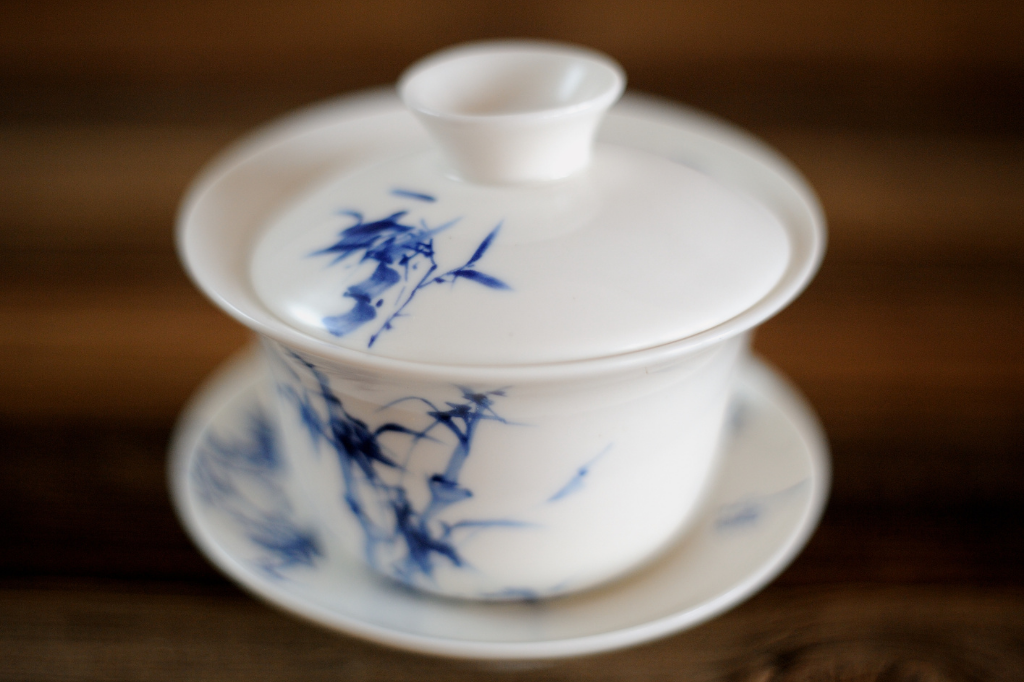When we talk about a kind of food which is notoriously pricey and has a supreme status, you’ll probably know its caviar. As its now produced all over the world, you’ll probably got the chance to enjoy this precious gift from the sea. But do you know what it is exactly? If it’s really healthy to eat? And how to know if you really got quality on your plate? This article will be your guide so you can answer these questions.
The basics.
What is caviar? Your answer will probably be tentatively, fish eggs, which is correct to some extent. However, the no-frills definition of caviar is as follows: the salted, non-fertilized eggs of the sturgeon, and sturgeon only. The catch here is that in some countries caviar may also be used to describe the eggs of other fish such as salmon, trout, or steelhead.
Slightly fishy and salty, or a taste like ocean water? The intensity of its fishiness and saltiness gives away the quality. Good caviar has no obvious intensity, but rather a buttery taste that will surprise you. Only caviar of low-quality is the very fishy and very salty kind.
Healthy black gold.
On to the second question: is caviar healthy? The answer is yes. Caviar offers a huge spectrum of nutrients ranging from vitamins and minerals to amino acids and healthy fats, all of which help with the functioning of your organs. No wonder that scientists have classified it as a certified superfood and regarded it as the ‘black gold’ of the sea. On the other hand, caviar contains a lot of carbohydrates, which can be bad for you when eaten in large amounts – but that goes for any kind of food of course. Stick to 40-50 grams per day, and you’ll experience only the benefits.
Restaurant experience at home.
Most people enjoy caviar at fancy restaurants. However, eating it at home is something you should definitely consider as the costs are way lower, and good quality caviar can be laying in the shelves of your local store. Here’s how to choose the best quality:
When you’re in the store, head to the refrigerated section, as only inferior caviar is stored at other parts. To conceal its unpleasant smell and wired taste, caviar of low quality is always processed with a lot of salt, which allows it to present itself without having to stay in low temperatures. High quality eggs do not need a ton of salt and therefore should be kept cool.
The second step is to look at its appearance. Good caviar is shiny, like a sparkling diamond. There should also be a clear separation between the eggs; it should by no means be muddy or oily. Go for the caviar stored in glass jars and make sure to flip it over to look at the quality.
To close off, an additional piece of advice: don’t get too fascinated with accessories. Some stores may sell their caviar in a fancy little gift sets with silver spoons to match its supreme status. However, silver and many other metals may oxidize the caviar which will lead to accentuated bitter notes that you don’t want. That’s why high-end restaurant serve caviar on spoons and dishes made of mother-of-pear, buffalo horn, and even gold. However, for eating caviar right at your own home a spoon made out of stainless-steel or even plastic will work just fine.
The best way to enjoy.
Caviar is something which you can enjoy without adding additional flavors. Enjoy its natural taste by taking a small spoonful at a time. Let the eggs separate and spread on your tongue to get the initial aroma. Then crush the eggs gently, feeling them pop against your soft palate and release their rich, buttery contents. It’s said that good eggs should have at least 15 different flavors. Finally, swallow it and enjoy the aftertaste lingering in your month.
Of course, you can add a little more work to it. For those who pursue the natural flavor of the eggs, you can put small layers on cold boiled potatoes, rye bread, and grilled sourdough. You can use all kinds of foods that will not steal away the spotlight and flavor of the caviar itself. Or, if you prefer to couple the rich flavor of caviar with complementary flavors, we suggest pairing it with parsley, sour cream, a lemon wedge, and red onions. To complete the caviar experience, it is best to pair with champagne, ice cold vodka, ciders, and sparkling wines.








